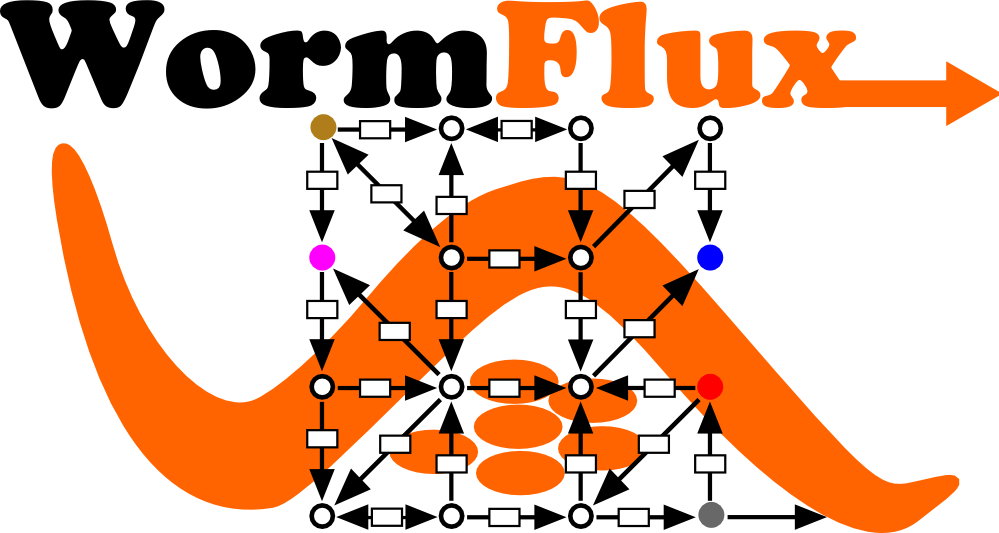Enzyme Overview
|
Enzyme
(?)
Identification in Enzyme Commission (EC) numbering system.
.....................................................
|
:
|
2.7.7.15
|
|
Name
.....................................................
|
:
|
Choline-phosphate cytidylyltransferase, etc.Phosphorylcholine transferase, CDP-choline pyrophosphorylase, CDP-choline synthetase, Choline phosphate cytidylyltransferase, CTP-phosphocholine cytidylyltransferase, CTP:phosphorylcholine cytidylyltransferase, Cytidine diphosphocholine pyrophosphorylase, Phosphocholine cytidylyltransferase, Phosphorylcholine cytidylyltransferase, Phosphorylcholine:CTP cytidylyltransferase
|
|
KO
(?)
The KEGG orthology group (KO) that is associated with this enzyme.
.....................................................
|
:
|
K00968PCYT1; choline-phosphate cytidylyltransferase [EC:2.7.7.15]
|
|
Genes
.....................................................
|
:
|
F28A10.10, pcyt-1
|
|
Localization
.....................................................
|
:
|
Cytosol
|
|
Other associations
.....................................................
|
:
|
See reaction table below.
|
Reactions
The information and tools provided in this website are to be used for academic purposes only.

